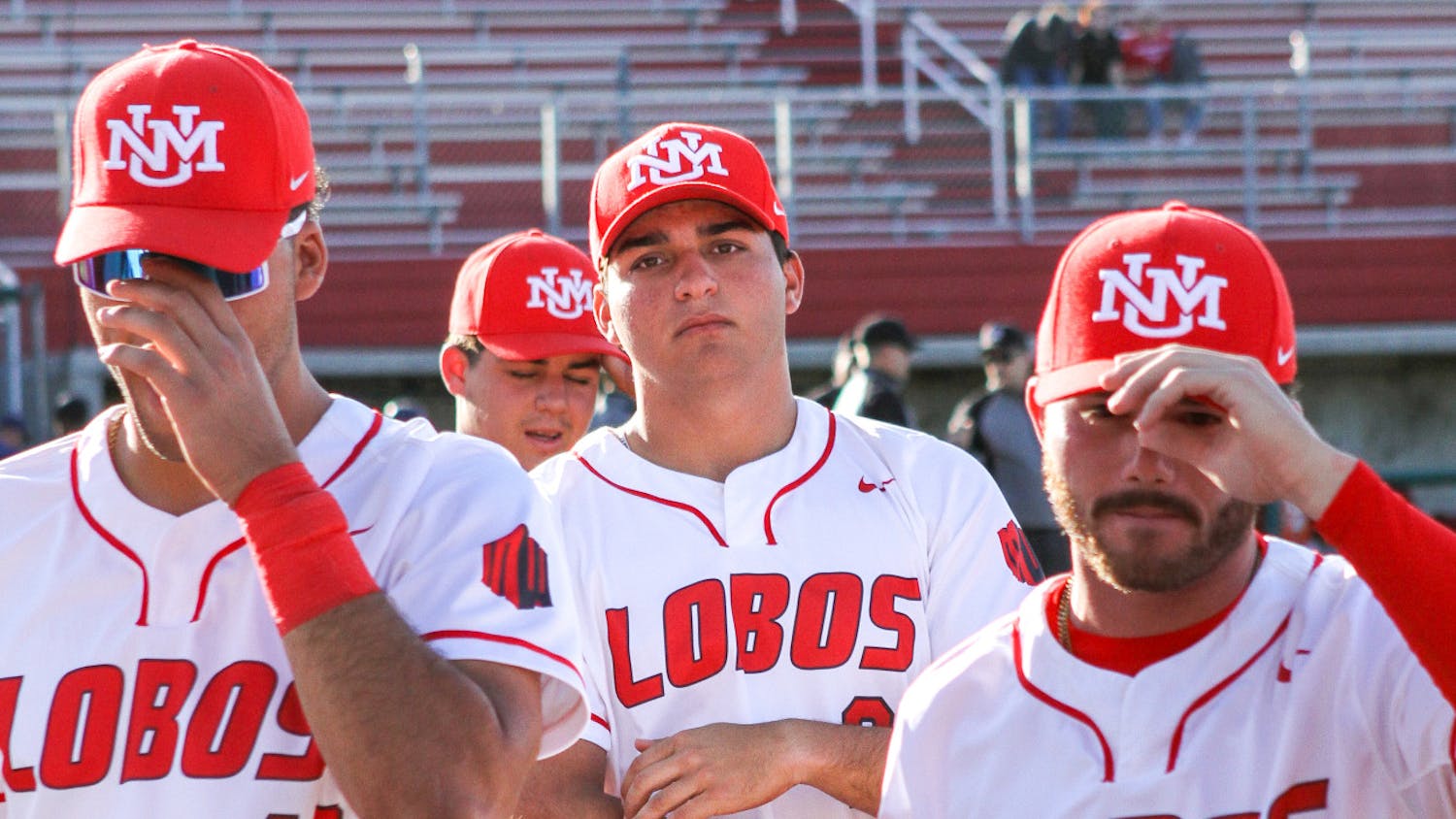Although I dropped out of culinary school only a year after I enrolled, I’ve spent countless hours glued to the Food Network channel and perfecting my culinary expertise. I’ve cooked for at least 15 years, and in that time I’ve learned a lot. Here I’ll share with you some mistakes to avoid.
Cooking with cold oil
If you’re cooking with oil, be sure to heat the oil before you begin cooking. Adding food to cold- or room-temperature oil will allow your ingredients to absorb the oil before anything begins to cook. To avoid a greasy mess, preheat the oil until it creates ripples in the pan as it moves from one side to the other.
Closing the oven when the broiler is on
Broilers run at high temperatures, at least 500 degrees, which means that whatever you broil can burn quickly. Keeping the oven door open will allow you to closely monitor the broiling process, which makes it less likely that your food will burn or that you’ll forget your food under the broiler.
Adding oil to pasta water
Unless you plan on eating plain pasta, don’t add oil to your pasta water. Oil will coat the pasta, which will make it difficult for pasta sauce to stick to the pasta. If you don’t want your pasta to stick together, rinse it with cold water once it’s cooked to stop the cooking process, which will keep the pasta from becoming sticky. You can add the cooked and chilled pasta to heated pasta sauce to warm the pasta.
Using high heat
Unless you’re boiling water, don’t use the highest heat setting on your stove. Most cooking styles, such as searing and sauteing, can be done with the medium or medium-high setting on a stove. Cooking with high heat will most likely burn the outside of your food and leave the inside raw. A medium or medium-high heat will allow time for the center of the food to cook before the outside burns.
Cross-contamination
You should never use the same cookware for raw and cooked foods. Cross-contamination, such as transferring salmonella, can occur if you aren’t careful. Designate cookware, such as knives and cutting boards, for different types of food, such as produce and poultry, so you’re sure you don’t transfer bacteria from one food to the other.





